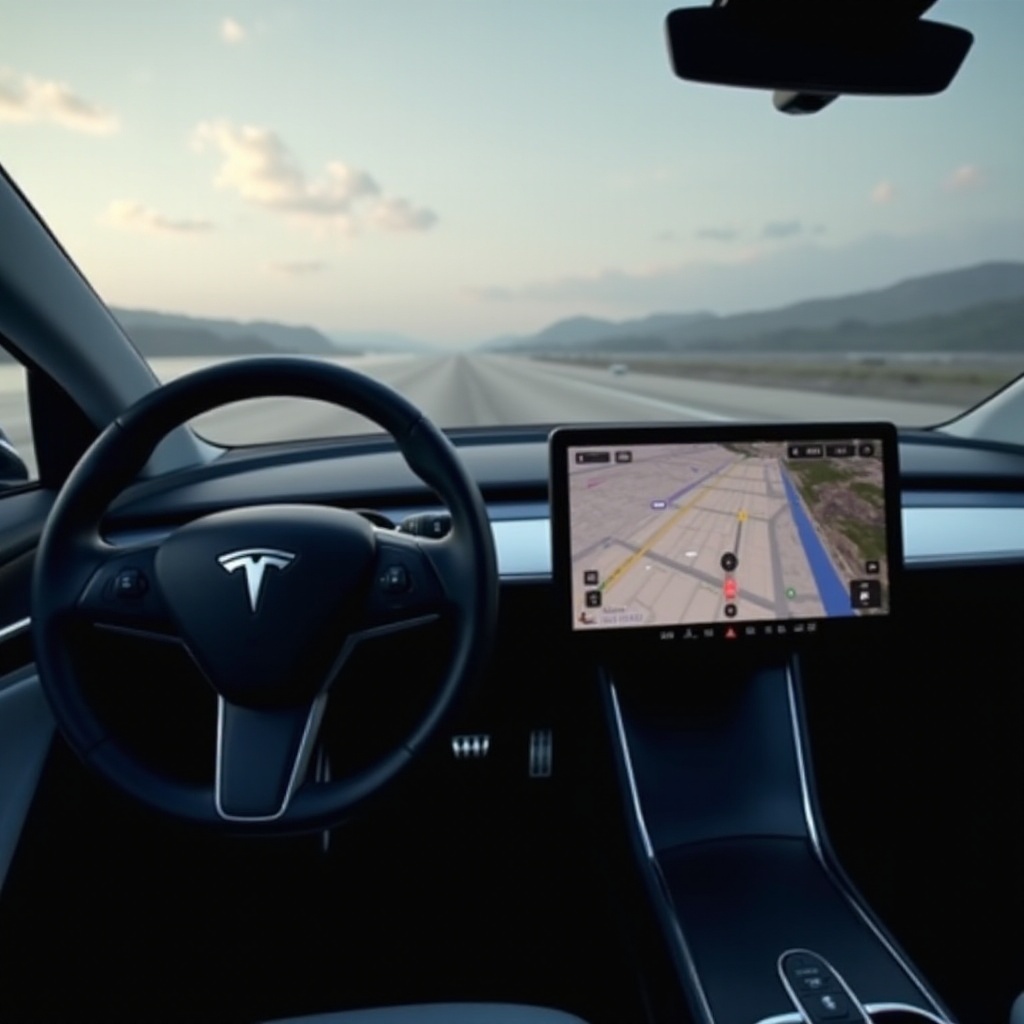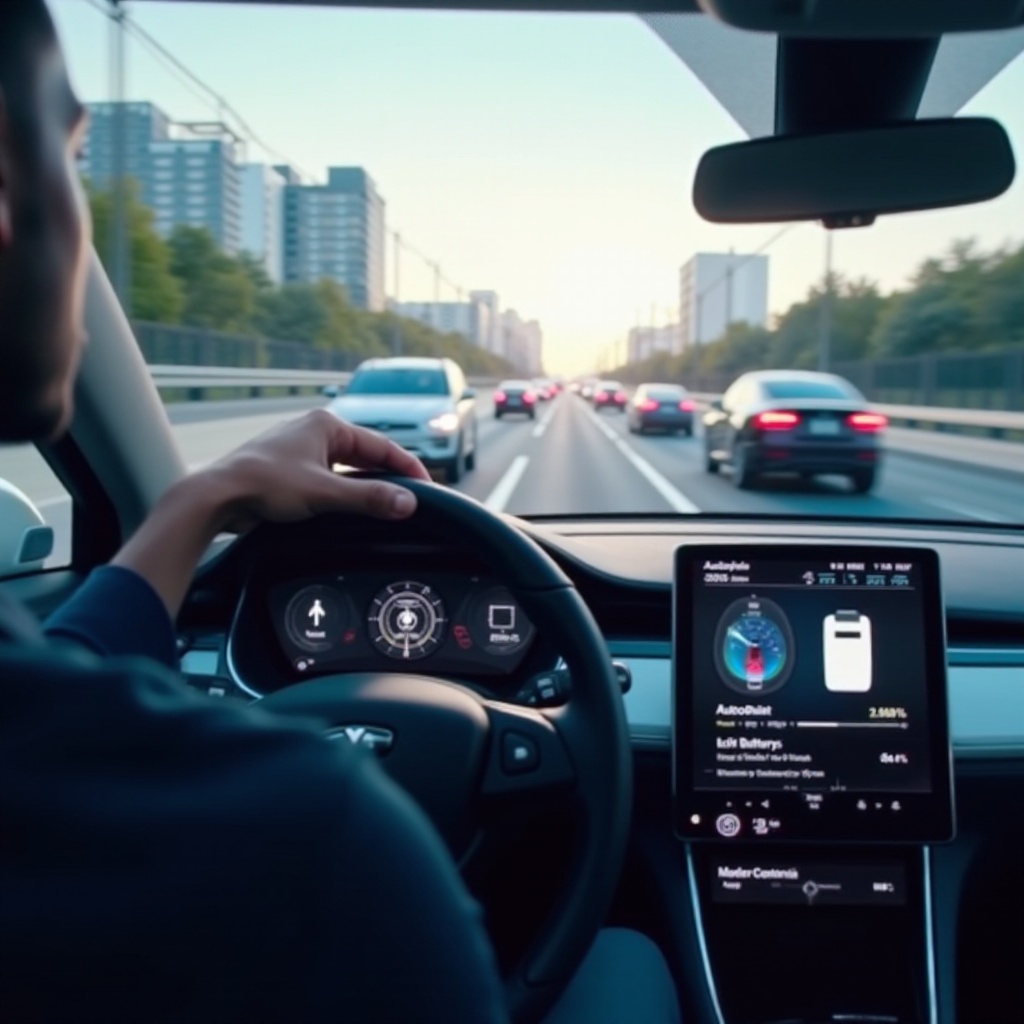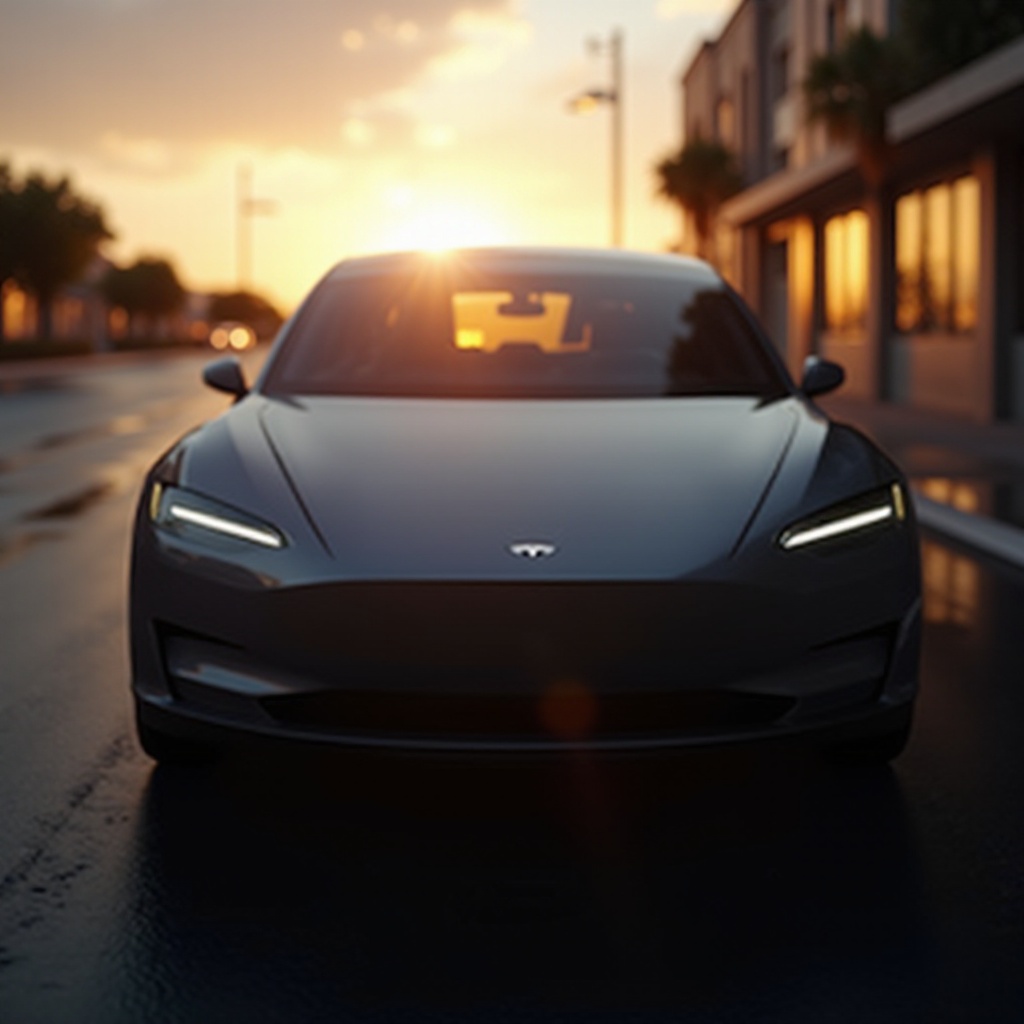Introduction
Autopilot systems in electric vehicles (EVs) offer significant convenience and safety benefits. They can handle complex driving tasks, improve driving efficiency, and enhance the overall user experience. However, many EV owners and enthusiasts have questions regarding the impact of these systems on battery life. Does using autopilot really consume more battery power compared to manual driving?
Let’s delve into the intricacies of autopilot systems, understand the contributing factors to battery consumption, and explore whether drivers should be concerned about their EV’s range while enjoying the perks of this advanced technology.

Understanding Autopilot Systems in NEVs
Autopilot systems in New Energy Vehicles (NEVs) are not just about self-driving capabilities; they represent a fusion of various technological advancements aimed at making driving safer and more efficient. These systems are seen in different levels, ranging from basic driver assistance to fully autonomous driving.
- Level 1-2 (Driver Assistance): These systems provide features such as Adaptive Cruise Control (ACC), Lane Keeping Assist (LKA), and automatic parking.
- Level 3-4 (Partial to Full Autonomy): These more advanced systems can handle most driving tasks but may still require human intervention in complex situations.
In NEVs, these systems are powered by sophisticated algorithms and vast amounts of data collected from sensors, cameras, and other hardware.
Components and Technology Behind Autopilot
The autopilot system in an NEV is an intricate synergy of multiple components:
- Sensors and Cameras: These are the eyes of the vehicle, detecting objects, lane markings, and various other parameters in the environment.
- Processing Unit: This acts as the brain, processing information received from the sensors to make real-time decisions.
- Algorithms and Data: Advanced machine learning algorithms are employed to improve decision-making. Additionally, the system relies on high-resolution maps and real-time data.
- Electric Motors and Actuators: These components are responsible for executing the decisions made by the processing units, such as steering, braking, and maintaining speed.
This ensemble of technology ensures that the vehicle can navigate safely and effectively. However, the intricate functionalities also raise questions about their power demands.
How Autopilot Affects Battery Life
Using autopilot inevitably involves a considerable amount of computational work. Here’s how it can affect battery life:
- Increased Power Demand: The processing units, sensors, and other components require energy for their operations. Continuous data processing and real-time decisions can consume significant power.
- Peripheral Component Load: Components like cameras, radar, and LiDAR sensors also draw power. When the autopilot system is active, all these peripherals are in constant use.
- Driving Efficiency: On the positive side, autopilot systems are designed to optimize driving patterns, such as maintaining a steady speed and optimal braking, which can positively impact battery life.
However, the net effect on battery life can vary depending on several factors, including the level of autonomy and specific driving conditions.
Comparative Analysis: Manual vs. Autopilot Driving
To understand the battery consumption of autopilot systems better, a comparison with manual driving is essential:
- Manual Driving: Here, battery consumption depends on the driver’s habits. Factors such as aggressive acceleration, inconsistent speeds, and frequent braking can lead to higher power usage.
- Autopilot Driving: Autopilot systems strive for efficiency. They maintain consistent speeds, use regenerative braking efficiently, and avoid sharp accelerations.
Studies indicate that while autopilot systems consume additional energy for their operation, they can potentially offset this with more efficient driving patterns. The balance between these factors often determines whether autopilot driving is more battery-efficient than manual driving.
Manufacturer Insights and Industry Data
Several EV manufacturers and industry experts have conducted research and provided insights into the impact of autopilot on battery life:
- Tesla: Tesla’s autopilot is among the most renowned in the industry. According to Tesla, the energy consumption by their autopilot system is marginal compared to the total energy usage of the vehicle.
- Waymo: Waymo’s autonomous driving technology also focuses on optimizing energy efficiency. Their data suggests minimal extra battery consumption for basic autonomous functionalities.
- Other Insights: Various studies suggest that the additional energy consumption by autopilot systems ranges between 5-10%, depending on the vehicle model and driving conditions.
These insights underline that while there is an additional power draw, it is relatively minor in the grand scheme of battery use and vehicle range.

Strategies to Mitigate Increased Battery Consumption
To enjoy the benefits of autopilot while minimizing its impact on battery life, consider these strategies:
- Optimize Usage: Use autopilot judiciously, activating it in situations where it can be most efficient, such as highway driving.
- Regular Maintenance: Keep sensors, cameras, and systems clean and well-maintained to ensure optimal performance and efficiency.
- Firmware Updates: Regularly update your vehicle’s software to benefit from the latest advancements in energy-efficient algorithms.
- Efficient Driving: Complement autopilot use with energy-efficient driving practices, such as smooth acceleration and deceleration.
By following these strategies, drivers can mitigate the additional energy consumption associated with using autopilot systems.
Conclusion
In conclusion, while autopilot systems in NEVs do use additional battery power, this consumption is relatively minor and can often be offset by the system’s efficient driving patterns. By understanding the technology and implementing strategies to minimize additional power draw, drivers can enjoy the advantages of autopilot without significant concerns about battery life.

FAQs
Does using autopilot in electric vehicles considerably increase battery consumption?
Autopilot systems do consume more energy, but the impact on overall battery life is generally minimal.
Are there specific autopilot features that use more battery than others?
Features involving constant sensor use and real-time data processing, like full self-driving, typically consume more energy.
How can I optimize autopilot use to save battery life in my NEV?
Optimize autopilot by using it in situations where efficient driving is possible, maintain the system well, and keep the software updated.
By understanding these aspects, NEV owners can make informed decisions about using autopilot systems effectively.
Frequently Asked Questions
Does using autopilot in electric vehicles considerably increase battery consumption?
Autopilot systems do consume more energy, but the impact on overall battery life is generally minimal.
Are there specific autopilot features that use more battery than others?
Features involving constant sensor use and real-time data processing, like full self-driving, typically consume more energy.
How can I optimize autopilot use to save battery life in my NEV?
Optimize autopilot by using it in situations where efficient driving is possible, maintain the system well, and keep the software updated.
